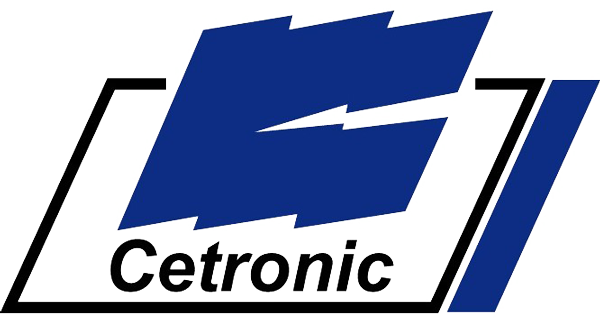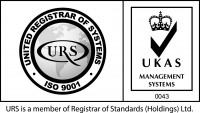Go Back
Causes of overheating
Battery temperatures can increase as a result of both the surrounding environment and the heat generated by the batteries themselves. During discharge, batteries absorb heat, whereas during charging, they release heat with a rate of 0.02 watts per Ah per 12V DC. In Part 6 – How to ensure your UPS batteries don’t fail, we guide you on ways on how to stop your UPS batteries from failing and what measures you should take.
When installing battery blocks in racks, it is crucial to maintain a minimum 10mm gap between them to prevent overheating and thermal runaway, a situation in which the production of oxygen/hydrogen gas occurs or the battery expands. These overheated batteries pose significant health and safety risks and cannot be salvaged.
A single deteriorating battery cell will charge at a faster pace compared to the others, leading to overheating as it overcharges to align with the charge level of the other cells in its group. This results in the creation of hot spots. If the cell completely fails, the rest of the pack, now one cell less, will overcharge again, causing further heat buildup and reducing the lifespan of the pack.
Discharge cycles
The frequency of discharge-recharge cycles greatly impacts the reduction of battery life. The amount of energy a battery releases during a discharge significantly affects its longevity, primarily due to deterioration of battery contact.
Premature end of battery life can occur as a result of constant discharging. To prevent battery discharge cycles, it's important to account for fluctuations in UPS activity by compensating for swells and sags.
Different battery alternatives
There are two types of lead-acid batteries: open vented and valve regulated lead-acid batteries. Valve regulated lead-acid batteries, which have a built-in venting mechanism in case of issues, have replaced the older open vented type and have become widely used.
Other battery options include Nickel-Cadmium (Ni-Cad) batteries, which have a wider temperature range of -20°C to +40°C and are more durable. However, they contain hazardous cadmium and require proper disposal, resulting in a higher initial cost and disposal fees. Additionally, there are gel (sealed) batteries, which are not as cost-effective as VRLA batteries and are intended for use in low temperatures. Their average lifespan, particularly at around 20°C, is approximately four to five years.
Battery configuration – series and parallel strings
Individual batteries typically provide a limited amount of electricity, typically 12V, so they are combined in groups to supply the necessary power output. A single battery is called a block and is composed of several cells. When these blocks are connected, they create a battery string.
A single string of battery blocks can be connected in series end to end. The overall voltage achieved is the total of all the individual blocks added together. This should match the DC voltage required by the UPS.
A parallel battery string is created by connecting several series strings in parallel. It is crucial that each of the series strings contains the same number of blocks. This configuration is primarily used to increase the runtime (Ah rating) of the UPS. For instance, if three series strings, each delivering 240V with 10Ah, were wired in parallel, the resulting power supply would be 240V with 30Ah.
The use of parallel battery strings offers several important advantages, including enhanced system reliability and reduced risk of a single faulty battery causing a failure in the standby power system.
For any questions please get in contact with us here at Cetronic Power Solutions







